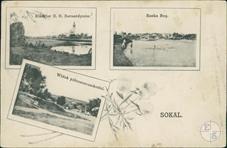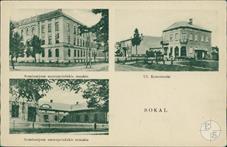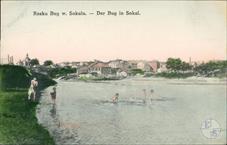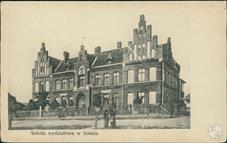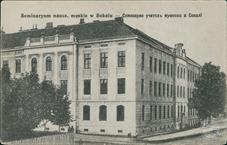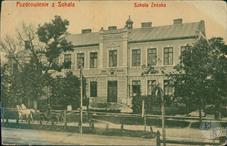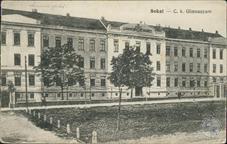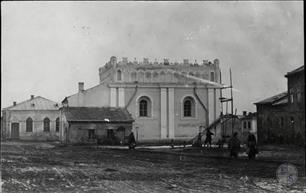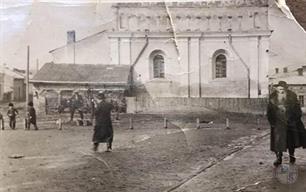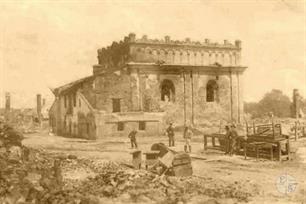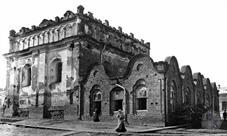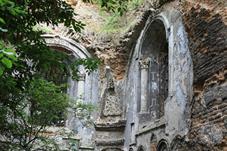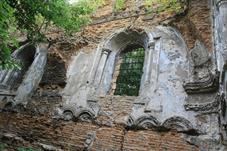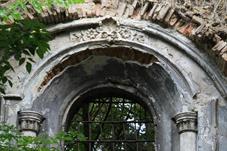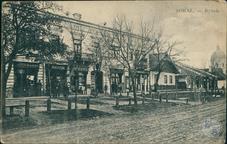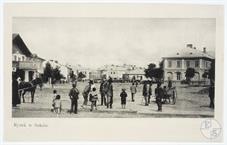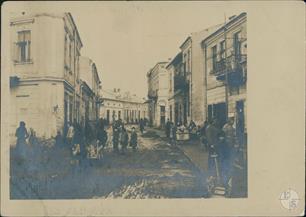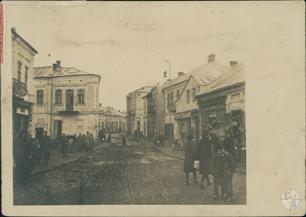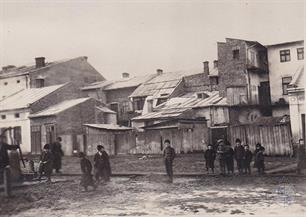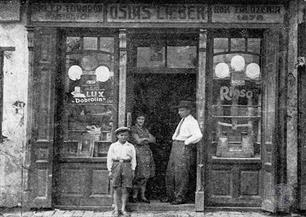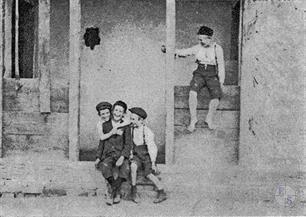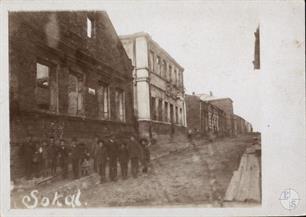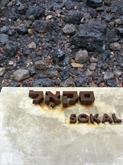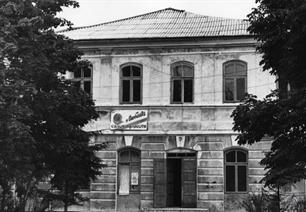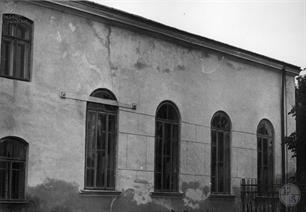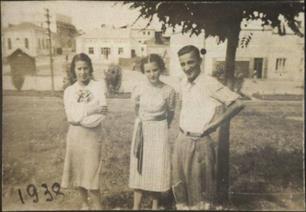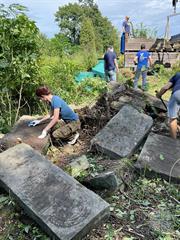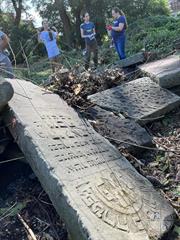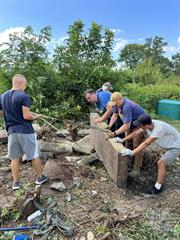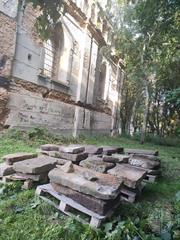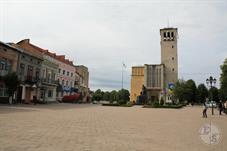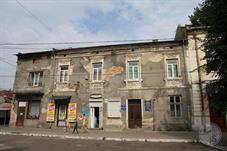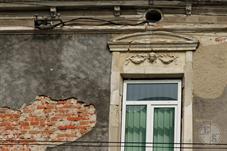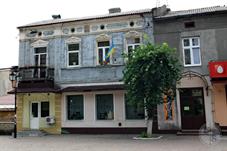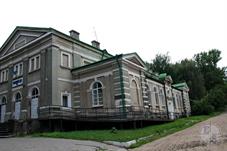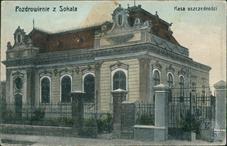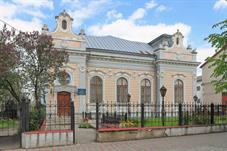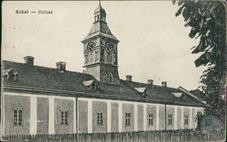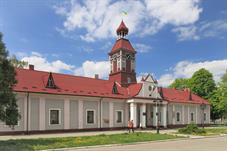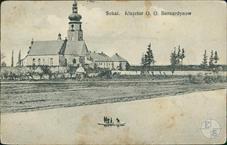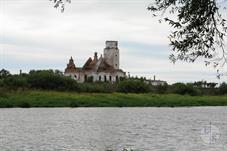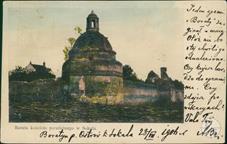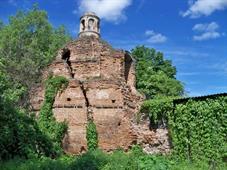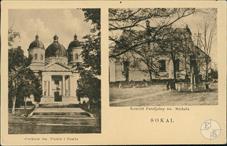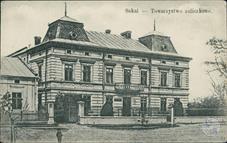Sokal
Chervonohrad district, Lviv region
Sources:
- Pinkas Hakehillot Polin: Encyclopedia of Jewish Communities, Poland, Volume II, published by Yad Vashem, Jerusalem. Sokal Yizkor book
- Russian Jewish encyclopedia
- Jewish encyclopedia of Brockhaus & Efron
Photo:
- Eugene Shnaider
- Austrian State Archives
- Daniel Abraham. Sokal
- Вікіпедія: Вікі любить пам'ятки. Сокальська громада
- Biblioteka Narodowa Polona. Sokal
- Marla Raucher Osborn
- Center for Jewish Art. Synagogue at Sheptytskoho St. in Sokal
- Pinkas Hakehillot Polin: Encyclopedia of Jewish Communities, Poland, Volume II, published by Yad Vashem, Jerusalem. Sokal Yizkor book
- Russian Jewish encyclopedia
- Jewish encyclopedia of Brockhaus & Efron
Photo:
- Eugene Shnaider
- Austrian State Archives
- Daniel Abraham. Sokal
- Вікіпедія: Вікі любить пам'ятки. Сокальська громада
- Biblioteka Narodowa Polona. Sokal
- Marla Raucher Osborn
- Center for Jewish Art. Synagogue at Sheptytskoho St. in Sokal
Sokal (ukr. Сокаль) is first mentioned in the documents of 1377 as the city of Belz Principality.
In 1424 he received Magdeburg law. From 1462, Sokal is the county city of Belz Voivodeship in Poland.
In 1772-1918 it belonged to Austria. Until 1939 - County City of the Lviv Voivodeship.
Since November 14, 1939 as part of the Ukrainian SSR.
In 1424 he received Magdeburg law. From 1462, Sokal is the county city of Belz Voivodeship in Poland.
In 1772-1918 it belonged to Austria. Until 1939 - County City of the Lviv Voivodeship.
Since November 14, 1939 as part of the Ukrainian SSR.
The Jewish community of Sokal has been known since the 16th century. In 1578, Stefan Batoriy limited the number of Jews who can live in the city, two families and two houses.
In 1609, the Jews entered into an agreement with the townspeople, by virtue of which for 100 zlotys they could build 18 houses and a synagogue, as well as to acquire land under the cemetery.
The fire of 1613 destroyed many Jewish houses, and in the middle of the 17th century the city destroyed Khmelnitsky.
At the end of the 17th century Jewish community was restored.
Jewish population of Sokal and the surrounding villages in 1765 amounted to 1390 people. Probably, most Jews came to Sokal from neighboring Belz, whose Hasidic dynasty set the tone of Jewish life in the Sokal since beginning of the 19th century.
Jews of Sokal were mainly engaged in the trade of agricultural products. During the Austrian rule, from 1772 to 1918, the Jews were busy in petty trade, crafts and transport.
The attempt by the Baron Hirsch fund to open the school in Sokal was unsuccessful due to the opposition of the Hasids.
In 1609, the Jews entered into an agreement with the townspeople, by virtue of which for 100 zlotys they could build 18 houses and a synagogue, as well as to acquire land under the cemetery.
The fire of 1613 destroyed many Jewish houses, and in the middle of the 17th century the city destroyed Khmelnitsky.
At the end of the 17th century Jewish community was restored.
Jewish population of Sokal and the surrounding villages in 1765 amounted to 1390 people. Probably, most Jews came to Sokal from neighboring Belz, whose Hasidic dynasty set the tone of Jewish life in the Sokal since beginning of the 19th century.
Jews of Sokal were mainly engaged in the trade of agricultural products. During the Austrian rule, from 1772 to 1918, the Jews were busy in petty trade, crafts and transport.
The attempt by the Baron Hirsch fund to open the school in Sokal was unsuccessful due to the opposition of the Hasids.
At the beginning of the 20th century, 3778 Jews of 9609 residents lived in Sokal.
Jews belonged to 5 of 6 brick factories, as well as factories for the production of plywood, soap, candles, sawmill and printing house.
Hasidism had a significant impact on the community of Sokal.
In the period between the two world wars, Zionism played an important role in the public life of the town.
In 1921, about 5,000 Jews lived in Sokal, which amounted to about 50% of the total population.
In 1931, 5450 Jews lived in the town.
Jews belonged to 5 of 6 brick factories, as well as factories for the production of plywood, soap, candles, sawmill and printing house.
Hasidism had a significant impact on the community of Sokal.
In the period between the two world wars, Zionism played an important role in the public life of the town.
In 1921, about 5,000 Jews lived in Sokal, which amounted to about 50% of the total population.
In 1931, 5450 Jews lived in the town.
After the Germans occupied Sokal on June 23, 1941, the Ukrainian policemen killed about 400 Jews near the brick factory outside the city.
During the action on September 17, 1942, 2000 Jews were deported to the Belzhets death camp.
On October 15, 1942, a ghetto was created, in which there were more than 5,000 Sokal Jews and refugees from other villages and towns.
The second action occurred on October 28. 2500 people were sent to Belzhets. Many tried to escape, but were tracked by the Germans with the help of the local population and killed on the spot.
Periodic killings continued in the winter and spring of 1943.
During the last campaign on May 27, 1943, the ghetto was liquidated, the remaining Jews were killed outside the city.
Of all the Jews, about thirty people survived.
During the action on September 17, 1942, 2000 Jews were deported to the Belzhets death camp.
On October 15, 1942, a ghetto was created, in which there were more than 5,000 Sokal Jews and refugees from other villages and towns.
The second action occurred on October 28. 2500 people were sent to Belzhets. Many tried to escape, but were tracked by the Germans with the help of the local population and killed on the spot.
Periodic killings continued in the winter and spring of 1943.
During the last campaign on May 27, 1943, the ghetto was liquidated, the remaining Jews were killed outside the city.
Of all the Jews, about thirty people survived.
In Sokal, in addition to the synagogue, there are several other very interesting architectural monuments.
The Jewish cemetery of Sokal was destroyed. The matsevot, who were periodically found in different places, were brought to the Christian cemetery. In 2023, volunteers organized transfer of these matsevot to the territory of the old synagogue.

- Home
- Shtetls
- Vinnytsia region
- Volyn region
- Dnipro region
- Donetsk region
- Zhytomyr region
- Zakarpattia region
- Zaporizhzhia region
- Ivano-Frankivsk region
- Kyiv region
- Kropyvnytskyi region
- Luhansk region
- Lviv region
- Mykolayiv region
- Odessa region
- Poltava region
- Rivne region
- Sumy region
- Ternopil region
- Kharkiv region
- Kherson region
- Khmelnytskyi region
- Chernihiv region
- Chernivtsi region
- Cherkasy region
- Crimea
- Synagogues
- Cemeteries
- Objects & guides
- Old photos
- History
- Contact
Jewish towns of Ukraine
Jewish towns of Ukraine
My shtetl
My shtetl
Donate
